What makes cork such an eco-friendly choice? Cork flooring has been gaining attention recently for not only its versatility but its environmental impact. So what are the best design ideas for contemporary cork flooring?

March 25th, 2022
Cork is skyrocketing in popularity as a building material due to the fact that it grows almost as fast as bamboo and can actually be harvested from a living tree. This makes it one of the most eco-friendly building materials on the planet. Cork is also flexible, impervious to moisture and very light weight, giving it various application potentials for flooring, countertops, acoustic wall coverings, roofs etc. In the early 20th century cork was used as a relatively common floor covering, though its popularity dropped in the 60s. Now, cork flooring is on the rise once more as its environmentally friendly status gains more influence in the 21st century. At the moment, the most popular application of cork is in flooring – and for good reason.

Cork flooring is made from the bark of the cork oak tree, predominantly found in Portugal. The tree naturally replenishes the bark and can be harvested again every 9 years (after a 25 year maturing period). It is significantly easier to install than many other flooring options and can even be a DIY project.
Cork is commonly manufactured in floating-floor engineered panels, which makes the installation simple and maintenance a breeze as damaged planks can be removed or replaced individually as needed. It can also be refinished if desired, which involves sanding down the surface and will make the cork look brand new.

Cork needs to be sealed, but after sealing it is protected against moisture, stains/scratches, and fading. Once it has been sealed it can also be painted, meaning that cork is available in multiple colours and patterns.
The most common colours for cork are natural and neutral wooden browns, but it is also available in various shades of white, grey, black and even bright colours like blue or green. See here for a gorgeous range of different cork flooring tile colours. Cork flooring will generally cost around $2-$12 per square foot, making it one of the cheapest options on the modern flooring market – especially considering the low cost of installation.

When weighing cork flooring pros and cons, one major concern for the use of cork is shipping. Because cork is primarily an export of Portugal and the majority of cork oak trees are found in the Mediterranean, the carbon footprint of cork’s transport somewhat undermines its status as an environmentally friendly material. This is also raises the cost of cork, especially for Australian builders. However, there are very few materials which would not have similar concerns; cork is still one of the best options for an environmentally-conscious builder.
Another downside to cork is that it lacks some of the durability that other more traditional flooring materials have. Despite becoming more scratch/stain resistant after being sealed, cork is still susceptible to wear and may show minor damage after years of use. The seal coat will also require renewal every few years. Other than that, cork requires very little maintenance beyond a regular vacuum/sweep to keep it looking nice.
10. Bright coloured cork flooring

Bright coloured cork flooring is a bold choice sure to make the colour scheme of any home pop. It has become gradually more common in recent years but is still a rare choice for interior design as reviews often indicate that the intensity of the colour can be overwhelming. However, styling a coloured cork floor with neutral furniture and accents can create a unique and stylish contemporary look.

There are multiple different bright shades available and the standard price will be around $70-$100 per square meter. Light coloured cork flooring is excellent for its versatility and if you are fond of bold flooring choices, there is sure to be a colour in this extensive range that will suit your next project. Calypso Cork – linked above – dispatches coloured cork floor tiles all across Australia, with customers in Sydney, Perth, Brisbane, Canberra, Adelaide and many more major Australian locations.

9. Dark coloured cork flooring

Dark coloured cork flooring is an equally bold choice which creates an edgy modern atmosphere. Black flooring is particularly effective in kitchens as seems neat and sophisticated. Dark coloured flooring like this is also less likely to visibly stain and will maintain its colour for longer.

However, it is a very distinctive look and darker colours have a tendency to make rooms look smaller. Dark cork flooring is best suited to large, non-crowded rooms like kitchens or bathrooms where it can be the main feature. Jet black cork flooring can be purchased from Calypso Cork or here from Cancork at $4.99 per square foot.
8. Grey cork flooring
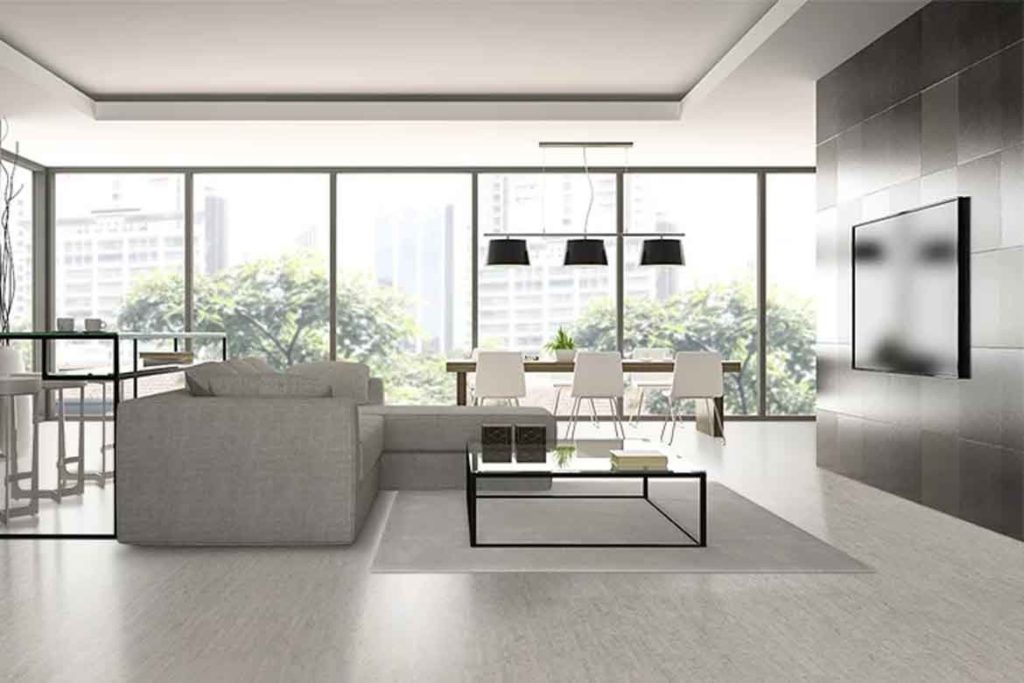
Grey cork flooring is an excellent opportunity to use coloured cork without committing to any one colour scheme. The neutrality of grey makes it a beautiful but innocuous flooring choice, sure to tone seamlessly with any home and add a touch of light contemporary elegance. Grey flooring is a rising trend in modern flooring styles and because of this grey cork tile flooring is plentiful. The average price for grey cork is around $8 per square foot, though it will vary depending on quality and thickness. Grey cork is available from Calypso Cork or you can try iCork Floor for more options.
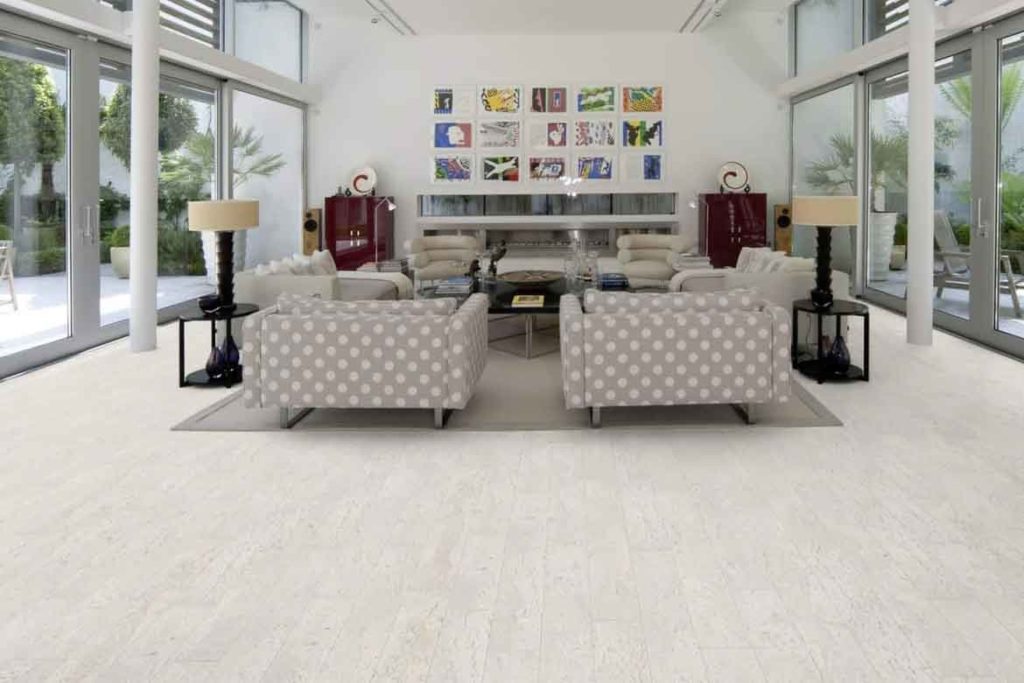
Like all cork floors, grey cork will be susceptible to fading after prolonged exposure to sunlight. Sealant should prevent or delay this, as well as proper furniture maintenance and curtains, but it is an unfortunate part of owning most natural materials.
7. White cork flooring

White cork flooring is a similar choice to grey which has an elegant neutrality. The simplicity of a white floor is appealing without being overwhelming and leaves ample opportunity for creativity in the interior design. White can be made to look homely with cozy furniture and warm colours or kept pristine and stylish with a monochrome colour scheme. White cork flooring costs approximately the same as grey, around $8 per square foot and will vary according to the same factors.
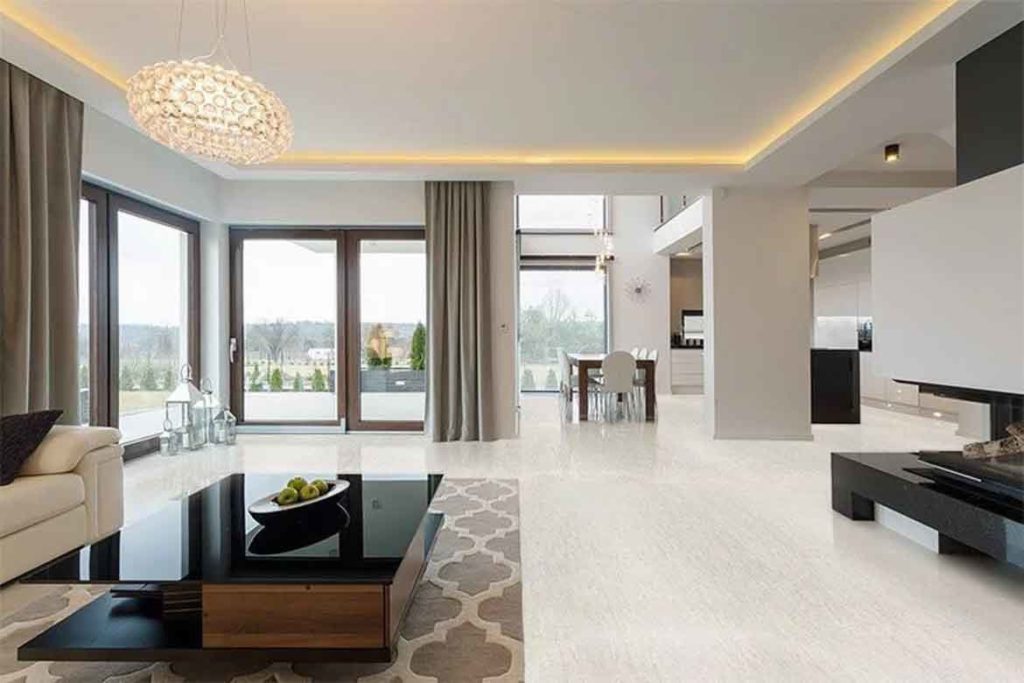
A disadvantage is that stains and scratches on white flooring are likely to be more noticeable, so you may have to be more careful with a white floor than one of a darker colour. Some samples of white cork flooring can be purchased online here or at Calypso Cork.
6. Patterned cork flooring

Cork can be patterned in many unique and interesting ways. You can match these patterns with the design atmosphere of your home and they are sure to catch the eye as a beautiful, contemporary feature.

Patterned cork tiles can be found at Calypso Cork or from cork imports Australia and will generally cost upwards of $10 per square foot.
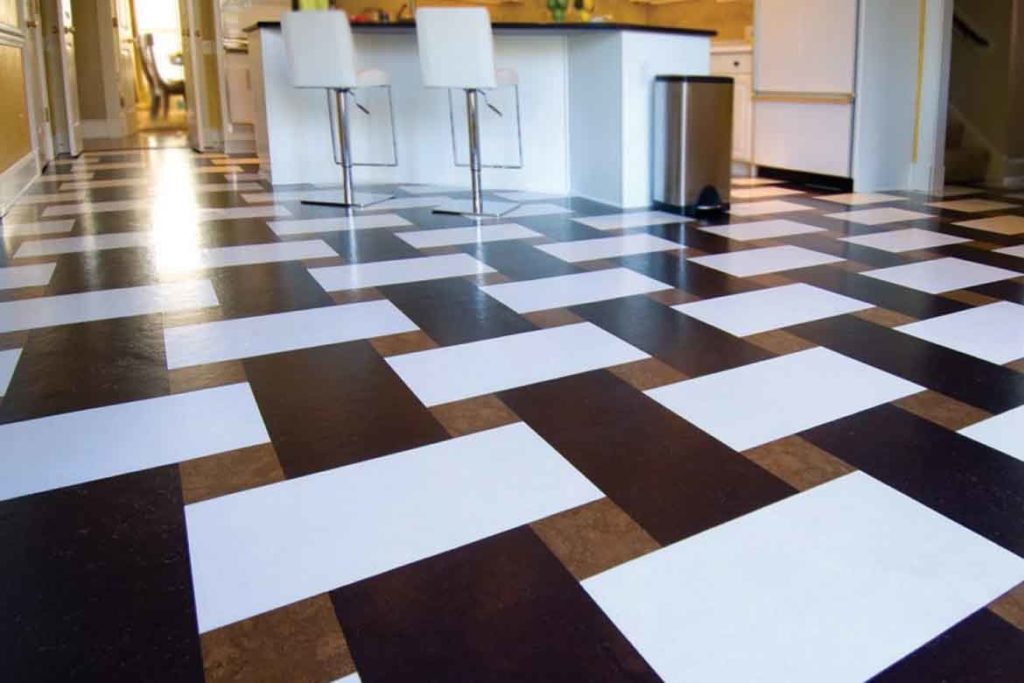
A disadvantage to patterned cork is that it commits you to a certain look for good, meaning that if you wish to change the décor drastically at any point you may have to renovate the floor.

5. Marble / mimic cork flooring

Cork flooring is so versatile that it can actually be used to mimic other materials. This is an excellent option for those who are operating on a budget but fond of marble or timber looks. Cork tiles can be made to mimic authentic timber,

As well as marble,
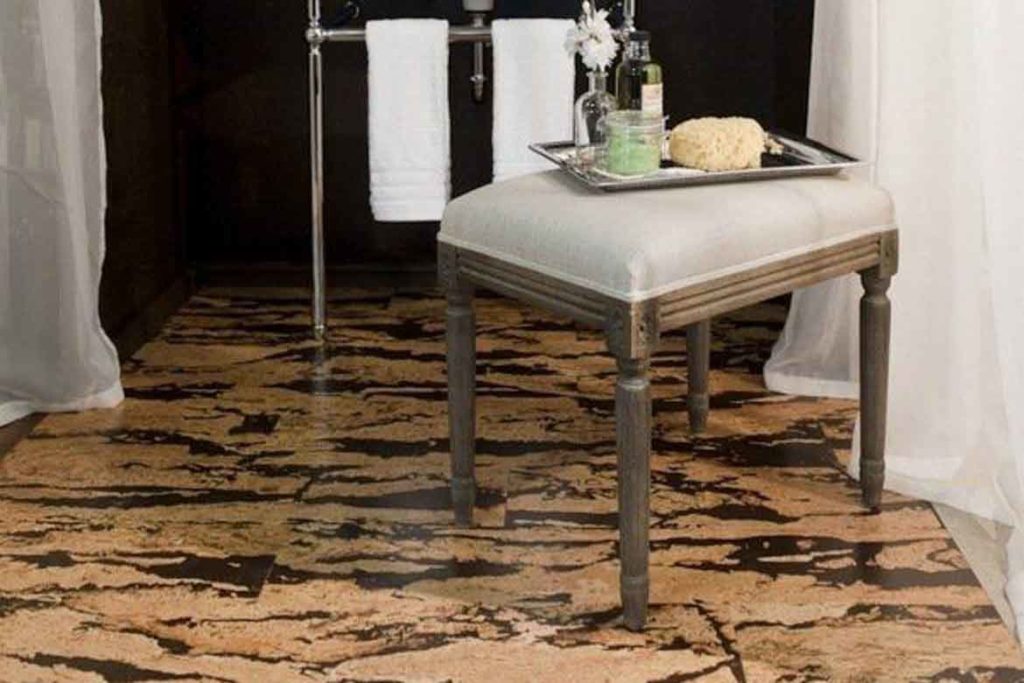

And even polished concrete.

Cork which mimics materials like there will vary in price depending on thickness and quality. Some marble-finish cork is available from iCork floor for $6, though the average is probably closer to $10.
A disadvantage to cork which mimics another material is that the look is only surface deep, so any dents or scratches will expose the plain cork beneath the marble/timber appearance.
4. Textured cork flooring

Textured cork flooring is a wonderful middle ground between patterned and natural cork. This is because it has the distinct uniqueness of a patterned floor without sacrificing any sort of neutrality. Thus, textured flooring is a way to build a unique atmosphere in your home without committing yourself to one particular design style. Textured cork can be either manufactured in a certain pattern, like the image above, or left in a more natural state, like this;

The price of textured cork flooring therefore varies as much as any cork style, generally from $2-$12 per square foot. Some beautiful natural textures can be found online here at Market Timbers Melbourne.
A disadvantage to textured cork flooring is that it may feel a little odd underfoot at first, because it is such a different surface to traditional flooring materials. However, the adjustment period should not take long.
3. Engineered cork flooring
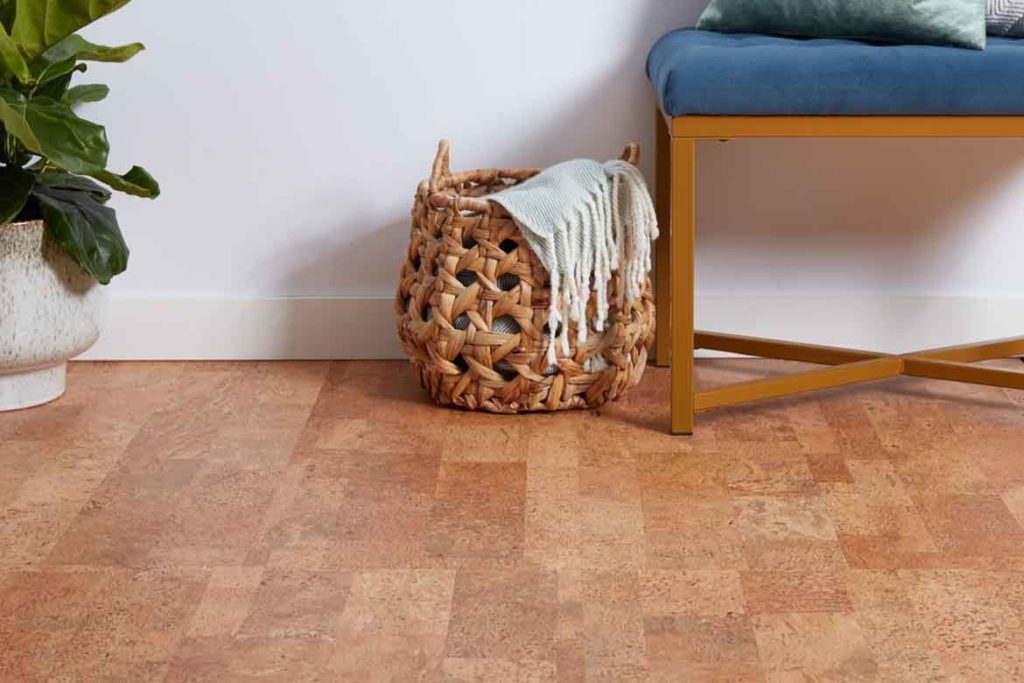
Engineered cork flooring has a laminate construction with a layer of cork over their fiberglass core. They are extremely easy to install as the planks lock together to create a floating floor. Engineered cork flooring is generally cheaper than solid cork and comes in a range of patterns and colours. The majority of cork products are actually made from engineered cork. ReadyCork flooring has an excellent range of engineered cork flooring materials.

However, because engineered cork is thinner than solid cork, it does not have quite the same lifespan as it cannot be sanded and resealed multiple times.
2. Natural cork flooring – dark

Nothing quite beats the simple beauty of the natural cork look. Natural cork has a charm to it that makes a room feel raw and unpretentious. Darker natural cork in particular has a distinct look which draws the eye and turns the flooring into a feature of the room without overpowering the décor. A 6-pack of natural cork tile can be purchased from Bunnings for $16.98.

5. Natural cork flooring – light
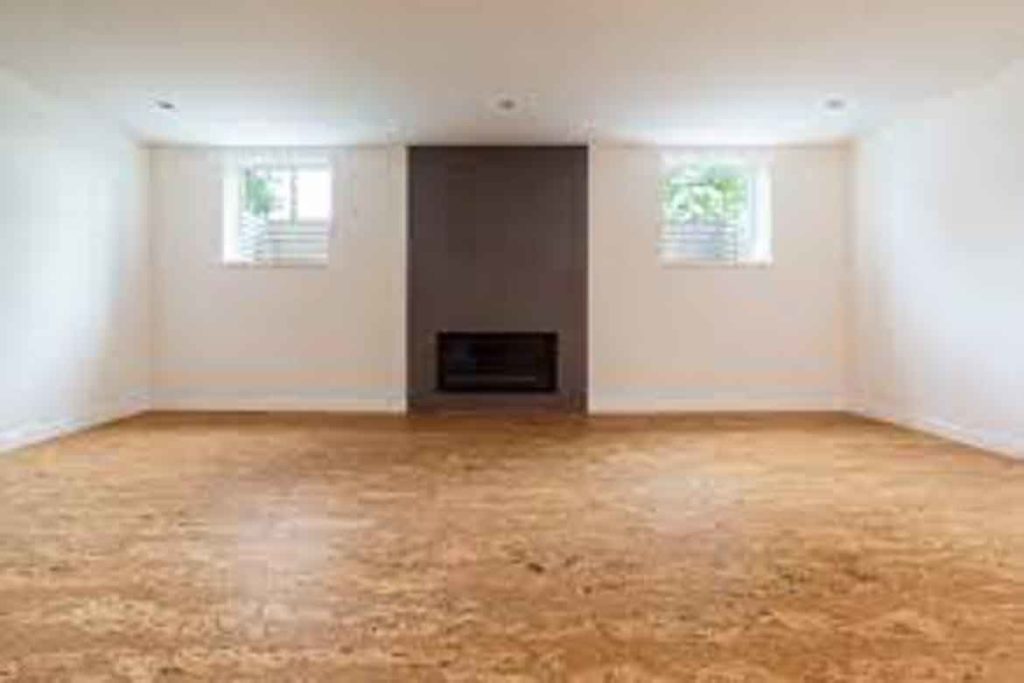
A natural cork look in a light wooden colour is exceptionally beautiful. It also has practically unlimited design potential as the neutral tone will blend well with almost any styling decisions.

Light, natural cork keeps the beauty of cork intact without drawing focus from the rest of the home. It is truly the best option for cork flooring and will only grow more popular as cork becomes a more common flooring choice.

ReadyCork flooring and Calypso Cork both have extensive ranges and shades of light natural cork similar to the images above, with the beautiful traditional grain look that gives cork its distinctive appearance. Prices will vary depending on thickness, but the average cost of natural cork in a lighter shade could easily be anything between $2-12 per square foot.
INDESIGN is on instagram
Follow @indesignlive
A searchable and comprehensive guide for specifying leading products and their suppliers
Keep up to date with the latest and greatest from our industry BFF's!
The new range features slabs with warm, earthy palettes that lend a sense of organic luxury to every space.

A curated exhibition in Frederiksstaden captures the spirit of Australian design
Vibrant colours and ocean views are a winning combination in this seaside restaurant designed by Paul Burnham.

A new workplace situated in an industrial building pays tribute to the past and the present through a formidable interior design that ticks all the boxes.
The internet never sleeps! Here's the stuff you might have missed
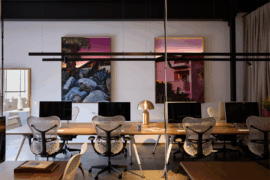
With a minimalist aesthetic and an inventive approach to product, ZETR is challenging the way electrical accessories are designed, made and experienced.
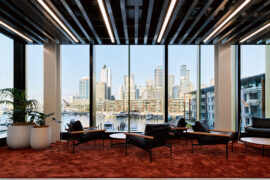
Warren and Mahoney’s design for Beca’s Auckland headquarters turns the mechanics of engineering into poetry, rethinking how workplace design can reveal its own systems.